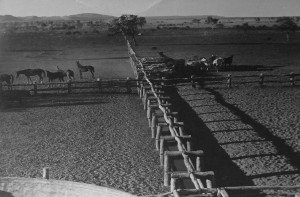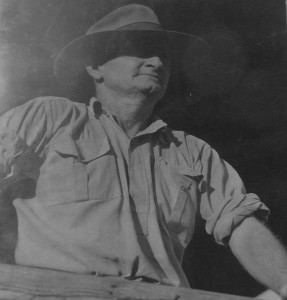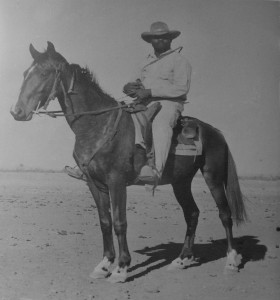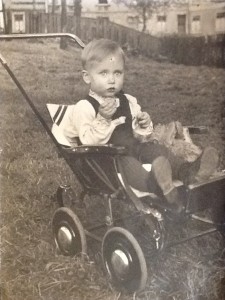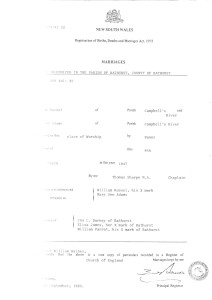I have learned so much about Genealogy over the last few weeks. With both the start of the Diploma of Family History at UTAS and also the Future Learn Course- Researching your Family Tree there has been so much to absorb and so much amazing information. One thing that stands out is the Website- Evidence Explained. This has a bunch of Quick Lessons on it that are about different aspects of Genealogy.
One of the Quick Lessons talks about the FAN Principle- researching those around the person that you are trying to research to try and find them through those who are around. This is something that I had started to do for Mary Russell nee Gransden, who I am still unable to find much about once she moves to Bathurst and who I still can’t find death details for. So I am really hoping that this will give me some good leads. In particular her older brother Robert Gransden, who arrived in Australia later than Mary bought some property in Concord-
1857-64
A transaction from Robert GRANSDEN to John WOODS Book 78 No 743
Lot 3 Section 6 Burton St, Village of Longbottom, Parish of Concord, County Cumberland.
(Argh, the days before I kept better records. I don’t know where I found this and will have to go searching for it again).
Is it possible that Mary lived at this address? There is also something else that may be of interest in this transaction. The name Woods. Robert Stone Gransden, the Robert Gransden who bought this land, his mothers maiden name is Stone. His fathers name is Robert Wood Gransden, his mothers maiden name is Wood. So is the John Woods who Robert engaged in this land deal with, related in any way.
I need to find out exactly when this land was bought and sold and then look at whether or not a dwelling of any sort was put on the land. Then see what else I can find. There is a Mary Russell who was buried in the Camperdown Cemetery. She died in the Parish of Cumberland in 1854 at 52 years of age. No further details are known. It is possible that this Mary Russell, no further details, could be my Mary Ann Russell nee Gransden no longer living with her husband.

Camperdown Cemetery
Mary and William’s last child was born in 1854, this death is just two months later. Did Mary become ill after her last child was born and move to Sydney to be closer to medical attention? Or did something else happen to her. Mary Ann Russell nee Gransden does not seem to be mentioned in any further records. I have been unable to find any other likely death for her. But, it is not enough to say that this may be her. I need to find some information to confirm that. So I will be searching for friends and family who may be in the area. Plus I need to try and find out if there is a relevant headstone inscription for the Camperdown Cemetery.

Camperdown Cemtery
The Camperdown Cemetery was founded n 1848 and consecrated in 1849, so less than 10 years before the Mary Russell death information that I have. The Camperdown Cemetery replaced the two earlier Sydney Cemeteries and is the only one that is still partially intact. In 1868 the cemetery was closed to further purchase. There were lots of complaints about the bad air around the cemetery. This was because of the pauper graves that were left open during the day as pauper burials occurred twice a day in communal graves, once in the morning and once in the afternoon. So often the graves were left open until the afternoon burials had been completed before they were closed up. This would have been incredibly unsavoury in a hot Australian summer.
In 1946 the Camperdown Cemetery was so over grown and and the body of a murdered girl was found in the cemetery. This prompted the council into action but in many ways, this was not a good thing. The Cemetery was resumed with lots of the land turned into park land. The tomb stones were attached with iron pins to the walls of the remaining cemetery or used as pavers. Many of the tomb stones were cracked and defaced. Over years the iron pins expanded with the weather and cracked more of the tomb stones. So many of the tomb stones no longer exist or are in such bad repair that they cannot be read.

Graves stones along the walls of Camperdown Cemetery
So, will I be able to find a headstone for Mary Russell nee Gransden? Will she have even been well off enough to have had one? If not, are there any places that I can go to find copies of the old inscriptions? If not, I will have to widen my search even further to find out, if it is possible if the death transcription I have for Mary Russell died 1854 could possible be my Mary Ann Russell nee Gransden. To answer the third of those questions, and possibly the first two, will require a trip to the Society of Australian Genealogists. Apparently what Monument Inscriptions are available are there in microfiche.
One of the other bloggers from the UTAS Diploma course has posted this- Banging your head on a brick wall! about trying to research ancestors who refuse to be found.

![Title : South Australia, Marree - Bejah Dervish. National Archives Australia. [Photographer, R Bean.] Date : 1947 Image no. : M914, SOUTH AUSTRALIA 3510 Barcode : 834513 Location : Melbourne Find other items in this series : M914 Series accession number : M914/1](https://gransdenfamily.com/wp-content/uploads/2016/03/Bejah-Dervish-1947-243x300.jpg)
![South Australia, Marree - The Mosque. [Photographer, R Bean.] National Archives of Australia. Date : 1947 Image no. : M914, SOUTH AUSTRALIA 3506 Barcode : 834494 Location : Melbourne Series accession number : M914/1](https://gransdenfamily.com/wp-content/uploads/2016/03/Maree-Mosque-SA-300x249.jpg)
